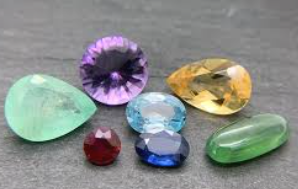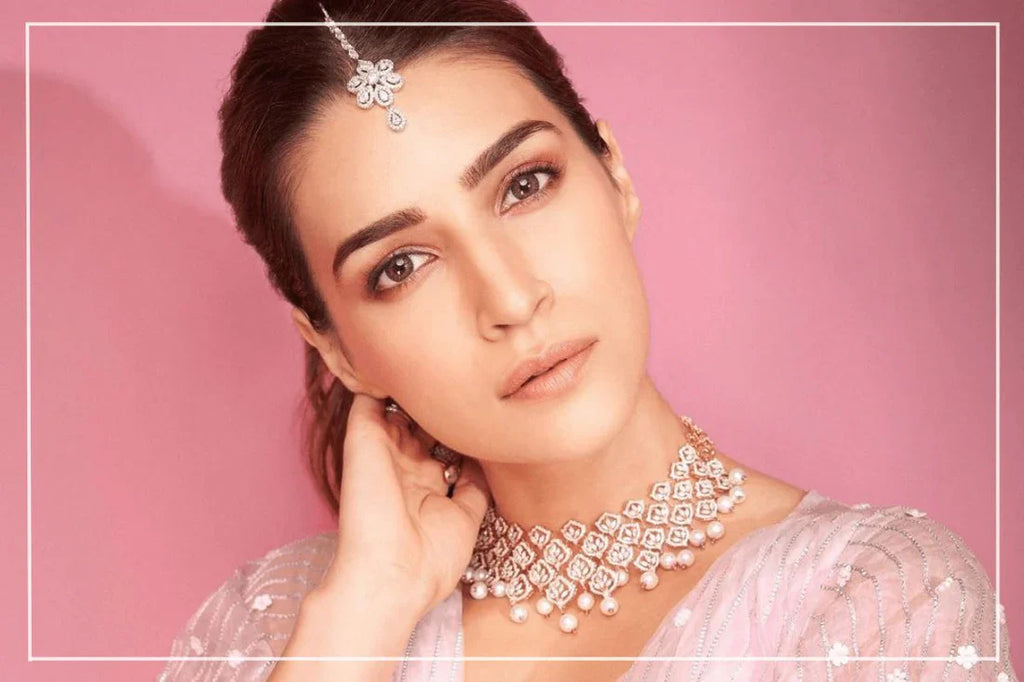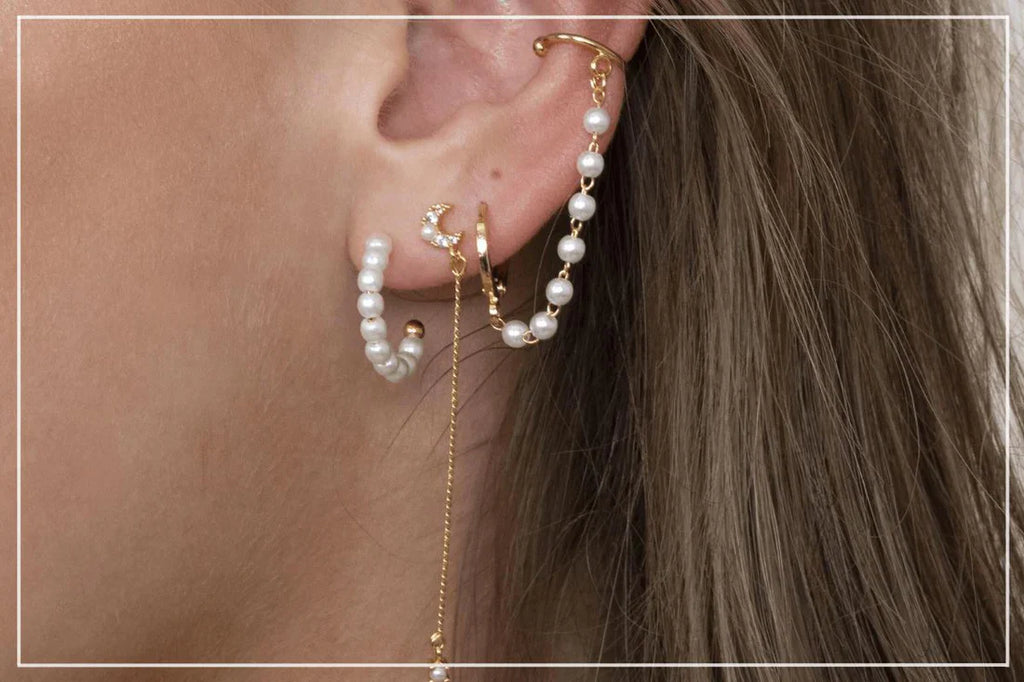
Understanding Different Types of Gemstones: A Beginner’s Guide

Understanding Different Types of Gemstones: A Beginner’s Guide
Gemstones have been cherished for centuries, prized for their beauty, rarity, and symbolism. Whether you're shopping for jewelry, exploring their meanings, or simply fascinated by these natural wonders, understanding the different types of gemstones can enhance your appreciation for these precious stones. From classic diamonds to vibrant emeralds, there’s a wide variety of gemstones to explore. In this beginner's guide, we’ll break down the different types of gemstones, their characteristics, and how to choose the right one for you.
What Are Gemstones?
Gemstones are naturally occurring minerals, rocks, or organic materials that are cut and polished to be used in jewelry and other decorative items. They’re valued for their beauty, durability, and rarity. Some gemstones are more common, like quartz, while others are rare and extremely valuable, like diamonds and emeralds.
Gemstones can be classified into two broad categories:
-
Precious Gemstones: These are typically rarer and more expensive. They include diamonds, rubies, sapphires, and emeralds.
-
Semi-Precious Gemstones: While still valuable, semi-precious stones are more abundant and usually less expensive. These include amethyst, garnet, topaz, and jade.
1. Diamonds: The Timeless Classic
Diamonds are the most well-known and sought-after gemstones in the world, often associated with love, commitment, and luxury. They are formed under high-pressure and high-temperature conditions deep within the Earth’s mantle.
-
Characteristics: Diamonds are prized for their incredible hardness, making them the hardest natural material on Earth. This gives diamonds their signature brilliance and sparkle. They are graded based on the "4 Cs"—cut, clarity, color, and carat weight.
-
Common Uses: Engagement rings, wedding bands, and other fine jewelry pieces.
-
Symbolism: Diamonds symbolize eternal love, strength, and invincibility.
2. Rubies: The Passionate Red Gemstone
Rubies are prized for their vivid red color, which can range from deep crimson to a brighter, more orange-red hue. The red color comes from the presence of chromium within the stone.
-
Characteristics: Rubies are one of the hardest gemstones, ranking just below diamonds on the Mohs scale of hardness. Their rich, fiery hue is often associated with passion, power, and love.
-
Common Uses: Engagement rings, pendants, earrings, and other fine jewelry.
-
Symbolism: Rubies are often considered symbols of passion, love, and vitality.
3. Sapphires: The Gemstone of Wisdom and Loyalty
Sapphires are often known for their blue color, but they can actually come in a range of colors, including pink, yellow, and green. The most well-known sapphires are the blue variety, especially those with deep, royal hues.
-
Characteristics: Sapphires are also very durable, ranking high on the hardness scale. Their clarity, combined with the range of colors available, makes them popular for both engagement rings and other jewelry pieces.
-
Common Uses: Engagement rings, necklaces, earrings, and bracelets.
-
Symbolism: Sapphires are traditionally associated with wisdom, loyalty, and nobility.
4. Emeralds: The Vibrant Green Gemstone
Emeralds are one of the most famous green gemstones, known for their deep, rich color that ranges from bluish-green to pure green.
-
Characteristics: Emeralds are softer than diamonds and sapphires, and they often have natural inclusions, which are known as “jardins” (French for “gardens”). These inclusions are not seen as imperfections but rather as part of the stone’s character.
-
Common Uses: Engagement rings, necklaces, earrings, and bracelets.
-
Symbolism: Emeralds are symbols of renewal, growth, and fertility, and they are often associated with balance and harmony.
5. Amethyst: The Purple Beauty
Amethyst is a member of the quartz family and is known for its purple color, which can range from light lavender to deep violet.
-
Characteristics: Amethyst is relatively affordable compared to other gemstones and is valued for its rich color and moderate durability. It is often used in both casual and fine jewelry.
-
Common Uses: Rings, earrings, bracelets, and pendants.
-
Symbolism: Amethyst is believed to bring calmness, peace, and clarity. It’s also thought to be a protective stone.
6. Aquamarine: The Blue Gem of the Sea
Aquamarine is a beautiful, light blue gemstone, often associated with the calmness of the sea.
-
Characteristics: Aquamarine is a type of beryl, like emeralds, but it comes in shades of blue. It’s a durable stone that’s often clear and translucent, with a tranquil, serene color.
-
Common Uses: Engagement rings, necklaces, earrings, and pendants.
-
Symbolism: Aquamarine is thought to represent tranquility, courage, and calm. It’s often believed to offer protection to sailors and travelers.
7. Opal: The Play of Color
Opals are unique because of their ability to display a wide spectrum of colors within the stone. Known for their play of color, opals shimmer and change color when viewed from different angles.
-
Characteristics: Opals are softer and more delicate than many other gemstones, so they require extra care to prevent scratches and damage. They come in a range of colors, with black opals being the most valuable due to their deep, vibrant colors.
-
Common Uses: Rings, earrings, necklaces, and pendants.
-
Symbolism: Opals are believed to bring creativity and spiritual awakening, and they are often associated with mystery and transformation.
8. Garnet: The Gemstone of Passion and Energy
Garnets come in a variety of colors, although they are most often known for their deep red hue. They are considered a semi-precious gemstone but are still highly valued for their beauty and versatility.
-
Characteristics: Garnets are durable and have a brilliant, glassy luster. They are most commonly seen in shades of red but can also be found in orange, yellow, and green varieties.
-
Common Uses: Rings, earrings, necklaces, and bracelets.
-
Symbolism: Garnets are associated with passion, energy, and strength, often symbolizing a deep connection between the wearer and their desires.
9. Topaz: The Golden Gemstone
Topaz comes in a variety of colors, from golden yellow to blue to pink. The blue variety is especially popular, offering a stunning bright hue that stands out.
-
Characteristics: Topaz is a relatively hard gemstone and is available in a variety of shades, making it a versatile choice for various types of jewelry.
-
Common Uses: Rings, earrings, necklaces, and bracelets.
-
Symbolism: Topaz is believed to bring strength and protection and is often thought to promote happiness and good health.
10. Jade: The Stone of Luck and Prosperity
Jade has been prized in many cultures, especially in Chinese traditions, for centuries. It comes in a range of green shades and is often used in carvings, pendants, and jewelry.
-
Characteristics: Jade is a tough gemstone, often polished to a high gloss. It comes in various shades of green, and the more vivid the green, the more valuable the stone.
-
Common Uses: Necklaces, rings, bangles, and pendants.
-
Symbolism: Jade is considered a stone of luck, prosperity, and wisdom, often worn for protection and healing.



